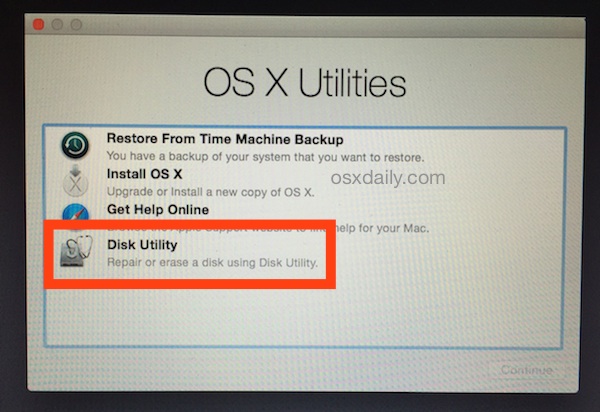

- #What format for mac install how to#
- #What format for mac install install#
- #What format for mac install upgrade#
For example, they can use scoping Exclusions to avoid restricting their own test devices.
#What format for mac install install#
Be sure each Mac has a unique password that won’t unlock any other computer.Īdministrators need to balance limiting access to the Big Sur installer with needing to install it themselves. The caveat with setting a firmware password is that someone in Desktop Support helping a remote user may have to provide this password to the end user. Since this is at the hardware level, no one without the password can install or upgrade. Setting a firmware password prevents anyone without the password from booting to the Recovery HD, erasing the existing operating system and installing a new macOS. Removing admin privileges, though, makes your end users heavily rely on IT administration. The most basic step we can take is to remove admin privileges for end users and require they use Self Service for running policies you allow. It will prevent any macOS installer from running when double-clicked including Catalina, Mojave, High Sierra, etc.Īnyone with admin privileges on a Mac can do practically anything, including installing an operating system. This is similar to the second method, but it includes the Kill Process option and could include the Delete Application option. Restrict using the InstallAssistant process name and kill the process. When restricting by application name, be aware the end user can simply rename the installer and bypass the restriction.Ĥ. Adding the Delete Application option will delete it immediately, bypassing the Trash. Instead of allowing the end user to continue, Jamf Pro will quit the installer before it can continue. This is similar to the first method, but it includes the Kill Process option. Restrict using the application name and kill the process. To avoid end users receiving notifications that the macOS Big Sur installer is available, administrators can use the -ignore option built into the softwareupate command line tool.Ĭreate a new Jamf Pro policy and add the Files & Processes payload toward the bottom. Depending on your organization, this may be enough. This does absolutely nothing to prevent someone from doing it anyway, but it asserts authority without removing any privileges. Be sure to specify the penalty for non-compliance. The easiest method for restricting unwanted installations is to disclose your organization’s policy to end users that states “Do not install major macOS upgrades unless authorized by the Information Technology Department”.


That usually means taking more than just one step.įollowing are some ideas from less restrictive to more intrusive. What steps can we take to prevent our end users from installing a new major macOS version? Keep in mind, end users can acquire the installer and run the installer in multiple ways. This can result in lengthy support calls when something goes wrong. Not every administrator is ready to support macOS Big Sur, but sometimes our end users get ahead of us and install it themselves.
#What format for mac install upgrade#
Identifying Macs eligible to erase and install or upgrade.
#What format for mac install how to#
Let’s spend some time discussing how to manage macOS Big Sur installations including: This feature was introduced in Apple’s macOS High Sierra 10.13.4 installer and has evolved with Mojave, Catalina and now Big Sur. Erasing and reinstalling a clean macOS is now a common workflow for reprovisioning Macs for different users, purposes or simply starting over.


 0 kommentar(er)
0 kommentar(er)
